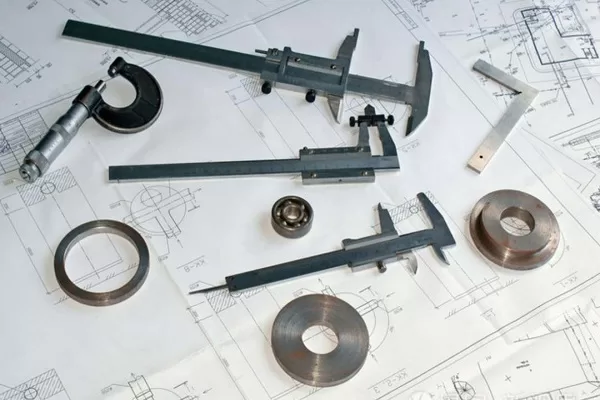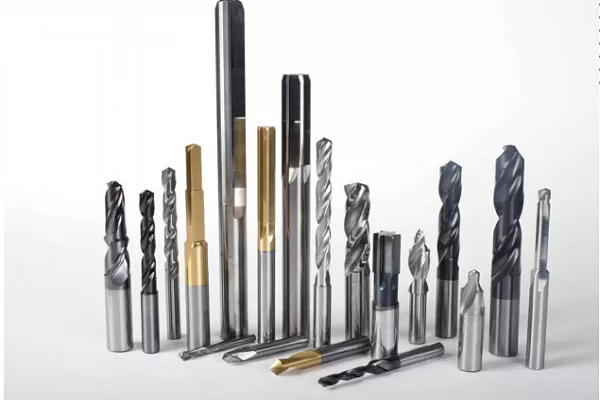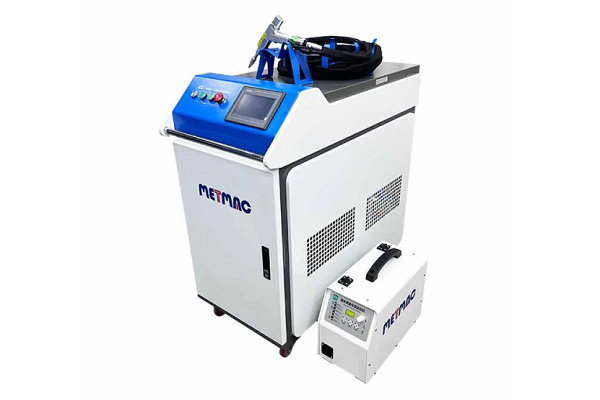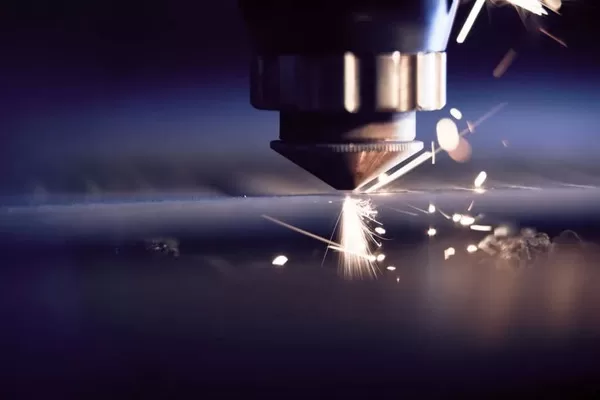
The Benefits of Integrating CNC Technology in Duct Fabrication
- By:Metmac
- 2024-05-06
- 220
CNC (computer numerical control) technology has revolutionized the duct fabrication industry, leading to numerous benefits that enhance efficiency, precision, and overall productivity. This article explores the advantages of implementing CNC machinery in duct fabrication, empowering businesses to produce high-quality ductwork with greater speed and accuracy.
Enhanced Accuracy and Precision
CNC machines are programmed with precise instructions, eliminating human errors and ensuring consistent accuracy throughout the fabrication process. Their advanced cutting and bending capabilities produce ducts with tight tolerances, resulting in optimal airflow performance and reduced leakage. By eliminating the need for manual measurements and adjustments, CNC technology ensures that every duct component is manufactured to exact specifications.
Increased Efficiency and Productivity
The automated nature of CNC machines significantly increases production efficiency. By eliminating repetitive manual tasks, CNC systems free up operators to focus on other aspects of the fabrication process. Multiple machines can be programmed to work simultaneously, minimizing downtime and enabling larger production volumes in a shorter time frame. The automation of cutting, bending, and welding operations streamlines the workflow, maximizing productivity and minimizing labor costs.
Improved Design Flexibility
CNC technology empowers fabricators to create complex duct designs with ease. Advanced software and programming capabilities allow for the design and production of ducts with intricate shapes, custom angles, and specialized features. This flexibility enables the fabrication of ducts that meet the unique requirements of specific HVAC systems, reducing design constraints and enhancing the overall functionality of the ductwork.
Reduced Material Waste and Cost Savings
CNC machines minimize material waste by optimizing cutting patterns and reducing the need for manual adjustments. The precise control over cutting operations ensures that only the necessary amount of material is used, resulting in cost savings and reduced environmental impact. Additionally, the automation of processes reduces the risk of errors and rework, further contributing to cost efficiency.
Enhanced Safety
CNC machines significantly improve workplace safety by reducing the risk of repetitive strain injuries commonly associated with manual duct fabrication. The automation of tasks eliminates the need for prolonged exposure to physically demanding operations, reducing the risk of accidents and promoting a safer work environment for operators.
Conclusion
Integrating CNC technology into duct fabrication offers numerous advantages, including enhanced accuracy, increased efficiency, improved design flexibility, reduced material waste, and enhanced safety. By leveraging the capabilities of CNC machinery, duct fabrication businesses can elevate their production capabilities, produce high-quality ducts, meet the demands of complex HVAC systems, and gain a competitive edge in the market. Embracing CNC technology is a strategic investment that empowers businesses to streamline operations, maximize productivity, and deliver superior ductwork solutions.
-
The Advantages of Using a Sheet Roll Forming Machine in Manufacturing
2024/09/14 -
How to Optimize Your Laser Sheet Cutting Machine for Maximum Performance
2024/09/12 -
How to Maximize Efficiency with Modern Sheet Metal Working Machines
2024/09/04 -
The Environmental Benefits of Using Duct Board Grooving Machines
2024/09/03
-
Improving Accuracy in Metal Fabrication with Laser Metal Shear Machines
2024/05/11 -
Latest Technological Advancements in Rectangular Duct Machines
2024/05/11 -
Integrating Automation with Rectangular Duct Machines for Enhanced Productivity
2024/05/11 -
Metal Shear Machines- Essential Tools for Precision Metal Cutting
2024/05/11
-
A Guide to the Latest Innovations in Sheet Metal Folding Machines
2024/11/29 -
Key Features to Consider When Investing in a Sheet Metal Folding Machine
2024/11/28 -
Enhancing Precision with Advanced Sheet Metal Folding Machines
2024/11/27 -
How to Choose the Right Sheet Metal Folding Machine for Your Workshop
2024/11/26



